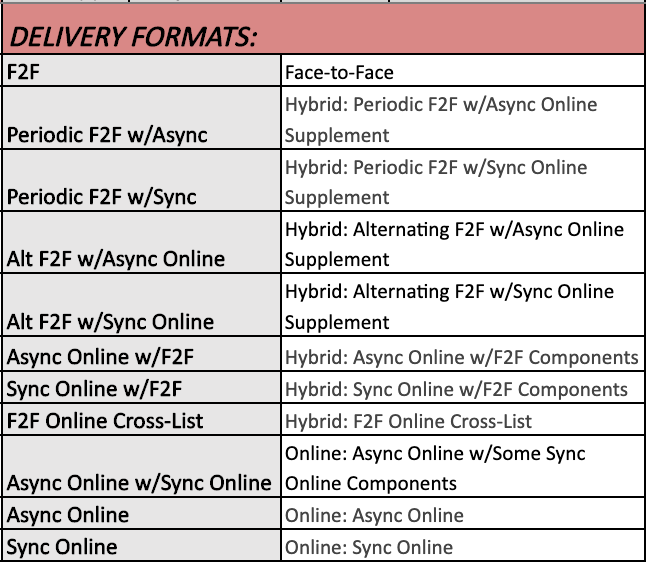Two items from faculty focus.com by Jenae Cohn, PhD, and Courtney Plotts, PhD:
- How to Structure Your Online Class for Inclusion, Part 1
- How to Structure Your Online Class for Inclusion: Two Principles for Fostering Engagement, Part 2
Excerpt:
A strong sense of community begins with faculty designing and planning for the sense of community in the course. In order to build a strong sense of community within an online course, instructors should start by identifying the type of community they want to create. In other words, what is the common thread that runs through an online course: Inquiry, information giving, information gathering, and/or active listening?
Although not intuitive to all instructors, this question surrounding the idea of a sense of community is imperative for creating cohesion and a sense of belonging to a learning environment. Here are some ways that instructors might start to think about what community might mean for their class context:














